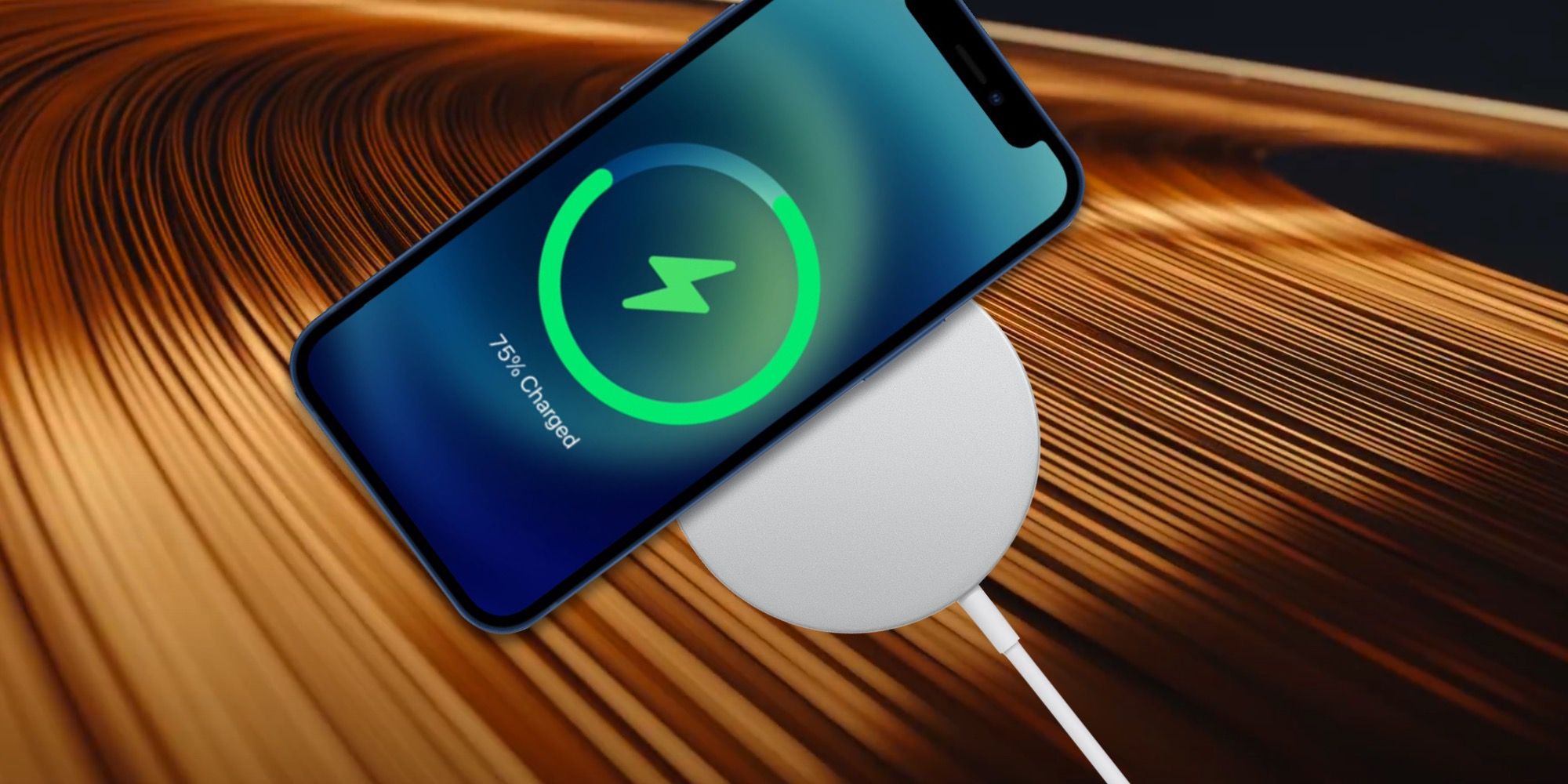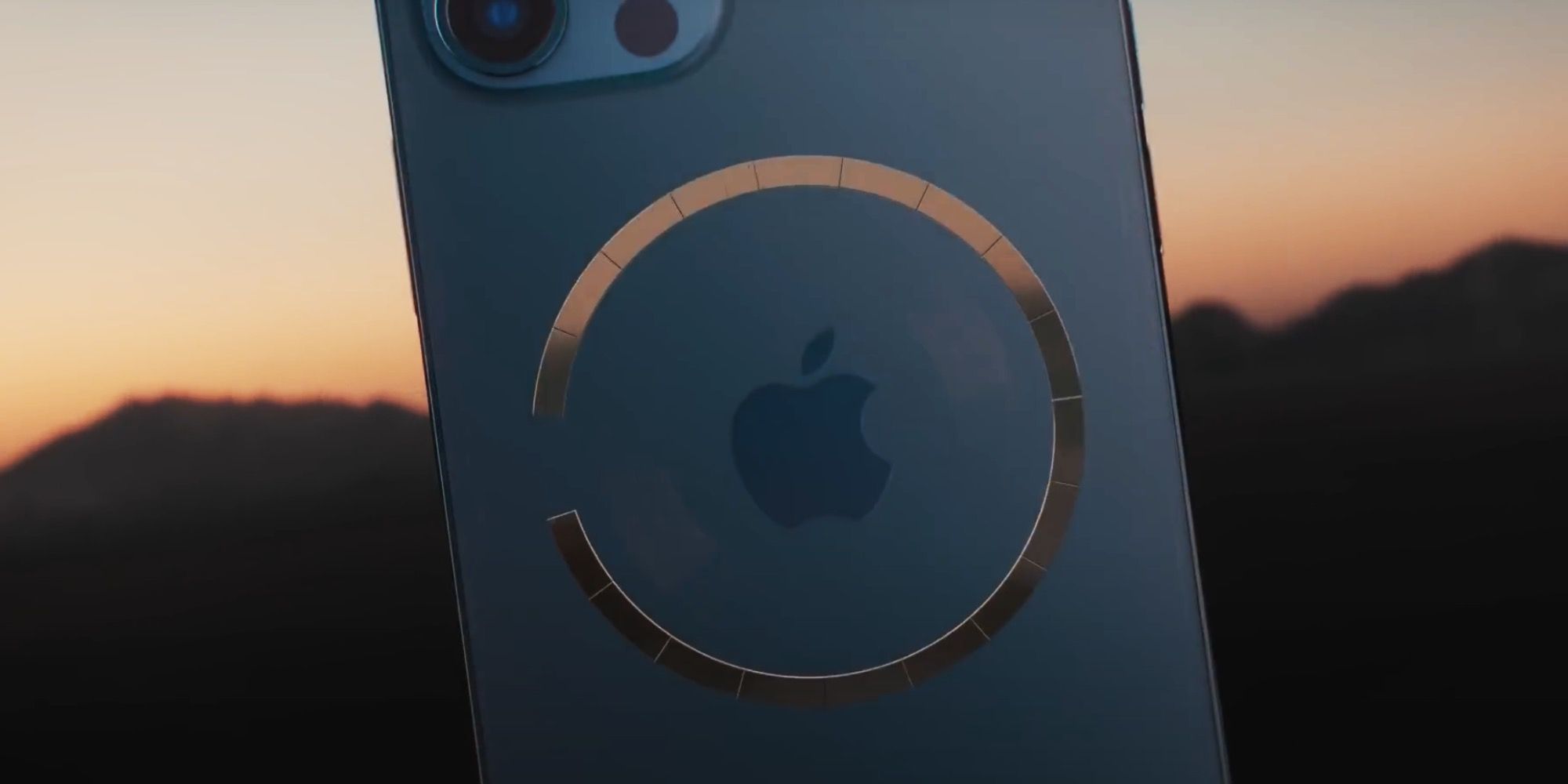Early reviewers and customers seem to be surprised and amused to discover that while Apple’s MagSafe charger was designed for the iPhone 12, it will also charge many Android smartphones as well. Apple does explain that the charger supports Qi wireless charging, but this detail isn’t the focus of the device, which is primarily meant to be a method of providing faster wireless charging to iPhone 12 devices. Since it works with Android also, some may wonder what benefit the MagSafe connector inside an iPhone 12 offers?
The iPhone 12 is generating more excitement than usual, even for a new iPhone. The reason is Apple brought several significant changes this year. 5G is the latest and fastest way to connect and Apple was late to release its solution, following the lead of most other major manufacturers in this case. However, the excitement relates to much more than that. One of the biggest design changes ever for the iPhone saw Apple release four models with screen size ranging from 5.4 to 6.7-inch, and featuring a stunning metallic look and flat edges. Apple had already made the case for the A14 being a powerhouse of a processor when the iPad Air 4 was announced. The new iPhone includes the A14 and much improved camera technology too. Adding the odd, but lovable, MagSafe charging and accessory solution has captured headlines for days.
The most recent surge of interest was when it was “discovered” that Apple’s MagSafe charger, which was designed specifically for the iPhone 12, will also charge many Android phones. In particular, Max Weinbach found that a Samsung Galaxy Z Fold 2 works well with the MagSafe charger, aligning nicely for charging via some coincidentally well-placed magnetic components inside. Mike O’Brien noted that the Google Pixel 5 also works with the MagSafe charger, but since the magnets aren’t aligning as well, the estimated charge time was more than a day. What’s happening here is MagSafe’s Qi charging ability is able to charge any Qi-compatible devices and many Android smartphones support the standard. Older iPhone models do also, so an iPhone 11 will work with MagSafe, up to the 7.5-watt limit that Apple supports.
Magnetic Alignment, Attraction & Power Transfer
Delving deeper, there appears to be a seemingly mysterious tendency of the MagSafe charger to align to the center or phones that it wasn’t designed for. Of course, all phones are filled with components, many of which contain metal that could be attracted by a magnet. In particular, iron accounts for as much as 14-percent of the mass of a smartphone, though aluminum is the most abundant metal used. The center of the phone may be a common place to increase structural integrity with steel or iron. Also, smartphones, such as the Samsung Galaxy Z Fold 2 incorporate magnets to secure the displays when folded. Placement of iron and magnets explains the convenient ability of the MagSafe charger to stick to Android phones and align to the center, though not as securely as it does to the iPhone 12, which was engineered specifically for that purpose.
Moving on to the potential charging speed, when relying solely on the Qi charging compatibility of Apple’s MagSafe charger, the maximum power output will be 7.5 watts. However, when used with an iPhone 12, charging times will be cut in half, since 15 watts of power will be supplied to the phone. Also, this should be a consistent and reliable charge since the alignment isn’t coincidental, but by design. Whereas cases may or may not interfere with or slow charging of an older iPhone or Android phone when using the MagSafe charger, an iPhone 12 in a MagSafe case can enjoy full charging capacity, just the same as if the case was removed. To sum up, Apple’s MagSafe charger will work with many Android phones, but unless the shopper also has an iPhone 12, it probably makes more sense to buy a less expensive Qi-compatible charger.
Source: Max Weinback/Twitter


